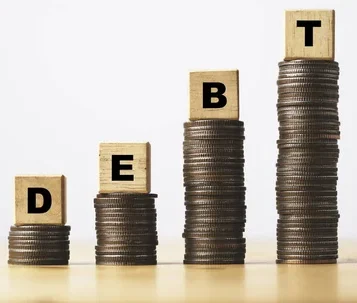10.03.2022 Banks and Npl credits, sale and in-house management
According to the most recent market estimates, a new increase in NPL stocks on banks’ balance sheets is expected in 2022. But in the perspective of a better future management of the problem, it is interesting to analyze the trend of the accumulation/disposal cycle of non-performing loans in the post-international financial crisis period.
After a period of 8 years in which the NPL growth curve reached record levels, the turning point in the cycle was recorded in 2017, the year in which the ECB imposed, with the publication of specific guidelines, a change of pace in the management of NPLs, favoring a rapid sale on the non-performing loan market over in-house management. A change that was also followed by the Italian government which has in fact updated the amortization period of a credit loss from 18 years to 1 year. In other words, once a bad debt was recognized, the bank could fiscally deduct the loss (“budget expenditure”) in just one year, obtaining tax credits (therefore less revenue for the tax authorities). The results of these incentives were not long in coming: the practice of selling NPLs to third parties which before 2009 concerned just 5% of the total positions closed during the year passes – in two distinct steps – first to around 40% in 2015-2016 and then from 2017 to 80%. This approach to cleaning up bank balance sheets has proved to be quick and efficient but not without significant costs for banks and for the entire economic system. As demonstrated by the historical data, the assignment of a credit to third parties has a capacity to resist the market and return to performing well much lower than a credit managed in-house. In addition the sale strategy implies costs for the tax authorities in terms of lost tax revenues. What alternative strategy then to deal with the next crisis? More information on IlSole24Ore: https://lnkd.in/dxmsAnsV











